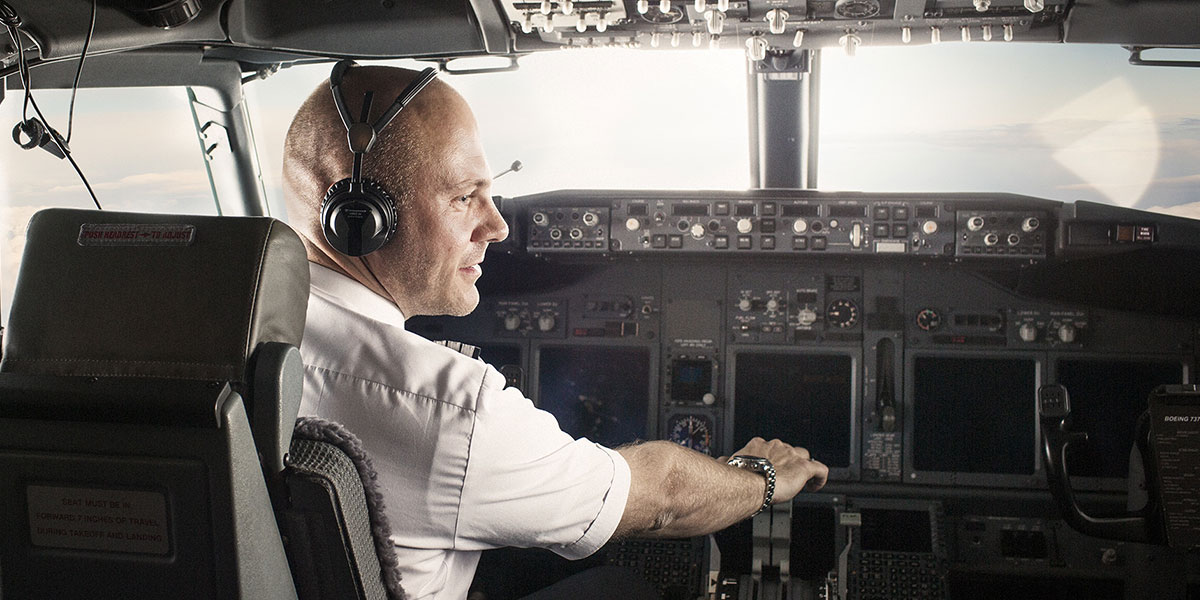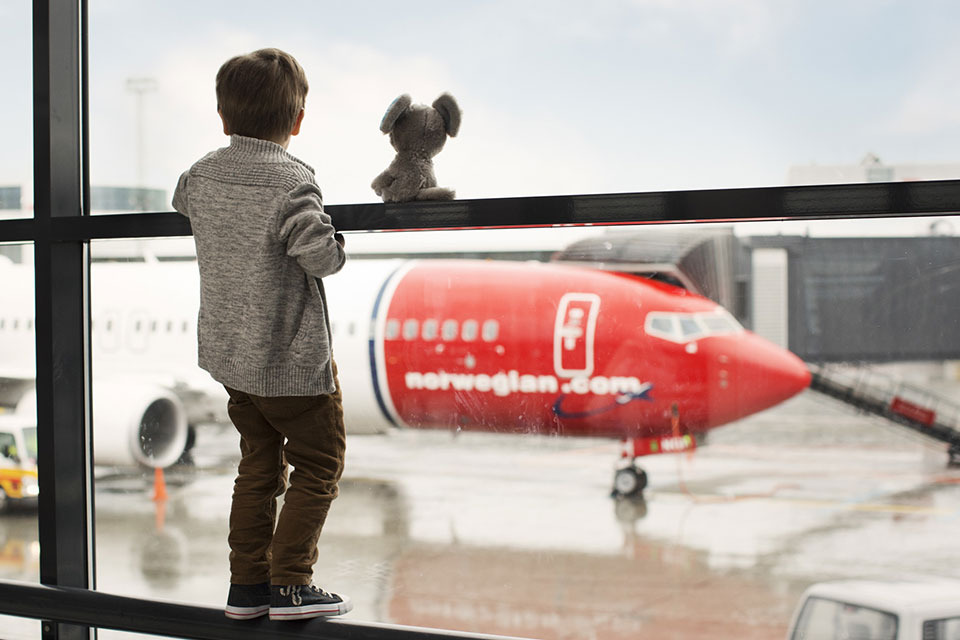
How we use weather data to cut Co2-emissions
Norwegian is committed to emit 45 percent less Co2-emissions by 2030. With our ambitious environmental goals firmly set on the horizon, we’re thrilled to announce yet another big step towards accomplishing them. This time, we’ve joined forces with AVTECH and the UK Met Office to fly smarter using real-time wind technology.
Published 7th September 2021
“Winds can blow up to 300 kilometres per hour at altitude. Utilizing jet streams and avoiding headwinds makes a great difference to flight times, and saves fuel,” says Stig Patey, flight captain and Fuel Savings Manager at Norwegian.
More precise weather data cut Co2-emissions
Norwegian is one of the early adopters of Swedish company AVTECH’s services, including tools to optimize the climb, cruise, and descent phases of a flight.
“We offer a four-dimensional weather forecast with an accuracy of 10 km, compared to the normal global aviation weather grid of 140 km. It means that each individual flight can save fuel and reduce emissions simply by taking advantage of the best winds along the route, just like a sailboat seeking the best wind at sea,” says CEO of AVTECH, David Rytter.
The winds of change are blowing
Norwegian is proudly using them to soar towards our environmental goals, leading the way for sustainable aviation. High-resolution weather data provides our pilots with the tools they need to plan flights more accurately and efficiently, conserving fuel and reducing flightime, in addition to more affordable fares.
“By making use of advanced weather data, our pilots can save 160kg of Co2-emissions per flight, reducing Co2-emissions from our operations by 20,000 tons per year. Less fuel burn reduces cost, in turn lowering ticket prices,” says Stig Patey.
And if that doesn’t blow your socks off, here are some of our favourite facts that hopefully will.

20,000 tons of Co2-emissions is equal to*:
- Co2 absorbed by over 97 square km of forest in 1 year, that is the equivalent of an area over 24 times the size of Sherwood Forest in the UK
- Greenhouse gas emissions from a car driving 50 million kilometres, or driving to the moon and back approximately 64 times
What can we say? We love our planet (to the moon and back)!. We hope you’ll join us on this journey towards more sustainable air travel.
*References: Data converted using EPA CO2 calculator https://www.epa.gov/energy/greenhouse-gas-equivalencies-calculator .
Forest absorbed CO2 is based on US forestry data.
Potential reduced CO2 emissions per year based on combined AVtech Descent Optimizer and Avtech Cruise Optimizer data.
Related articles
We bring people together
Aviation brings people, cultures and economies together. Norwegian acknowledges its responsibilities as a significant market player and has taken direct action to reduce emissions and make aviation more environmentally friendly. Read more
How we work towards a more sustainable future
As one of the world's biggest low-cost airlines, we acknowledge our responsibilities as a significant market player and take action to reduce emissions to make aviation more sustainable. Read more



